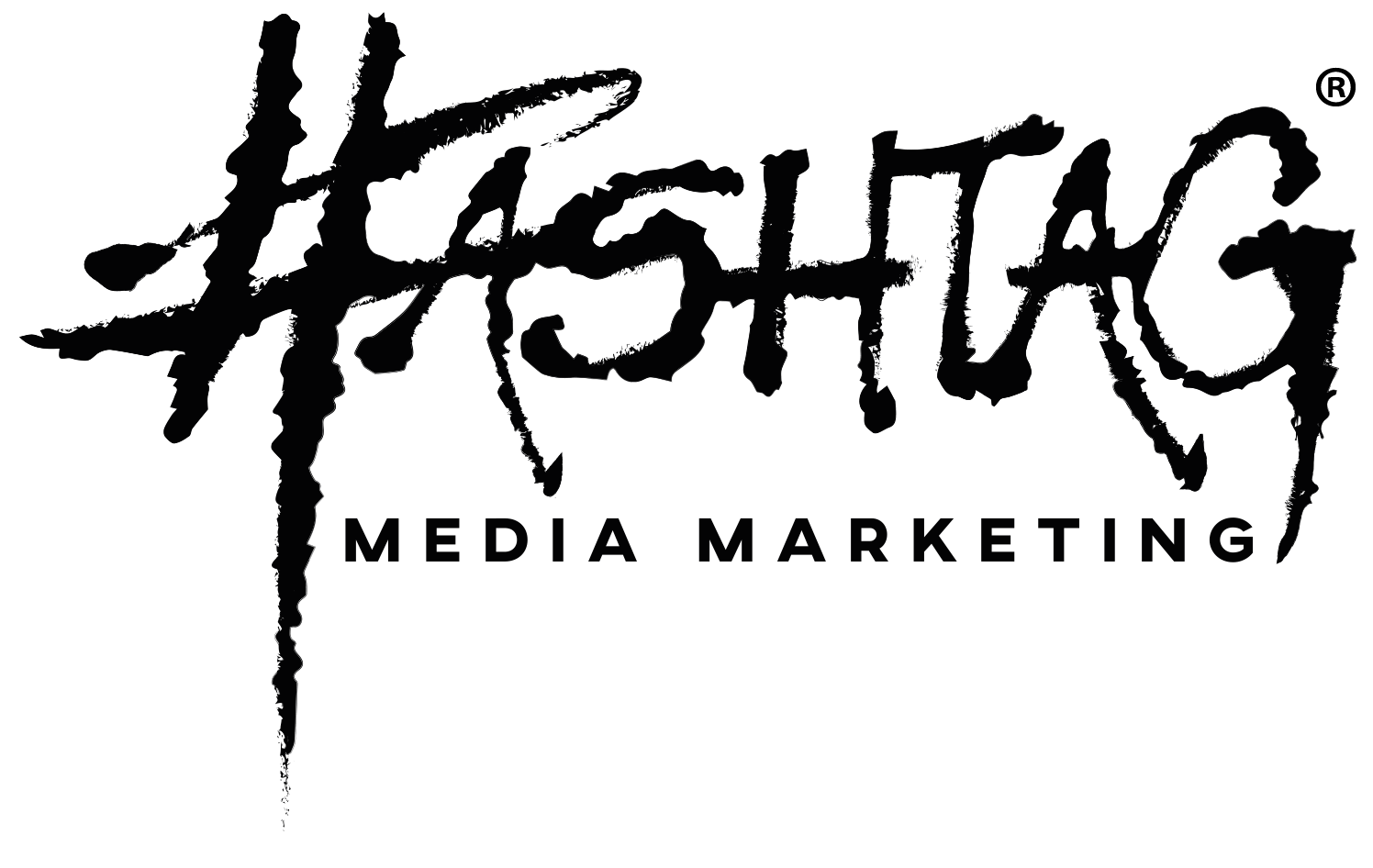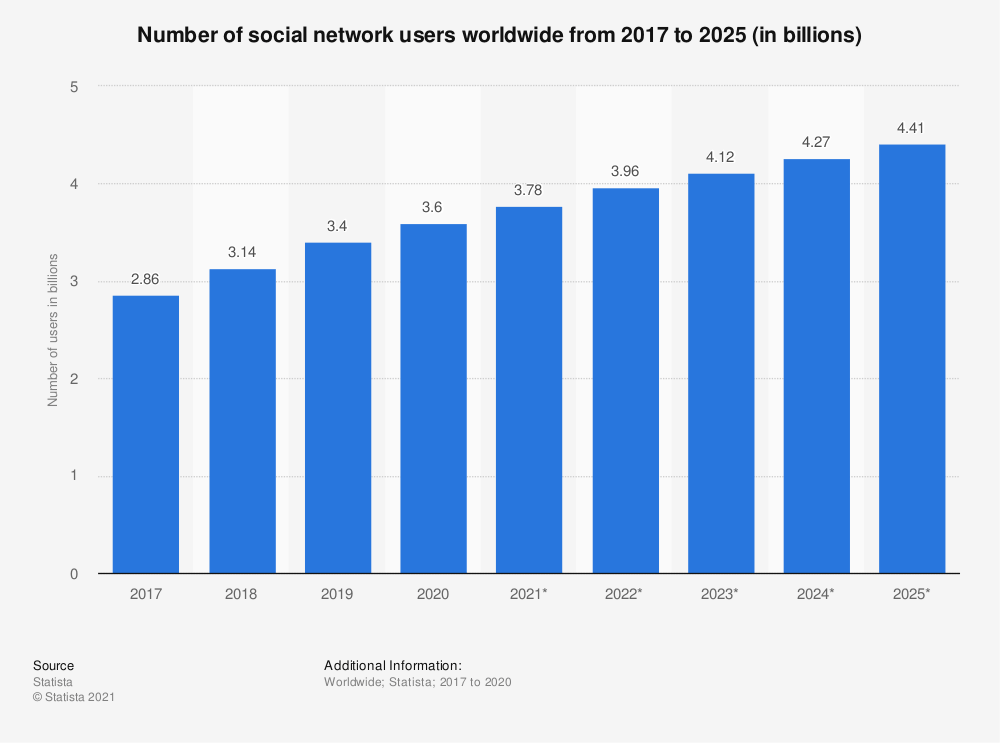
Social media. You know it’s big. You know it’s the future. You know it’s where businesses go to advertise and build trust with their prospects.
But just how big is it? And how much influence can social media really have on our lives?
According to online statistics platform Statista, the number of monthly active social-media users climbed to 3.6 billion in 2020. That figure is projected to increase to over 4.4 billion by 2025 – a rise of nearly 25% in five years.
That’s huge. That’s almost a third of the world’s population regularly posting on Facebook, Twitter, Instagram, WhatsApp, and other platforms.
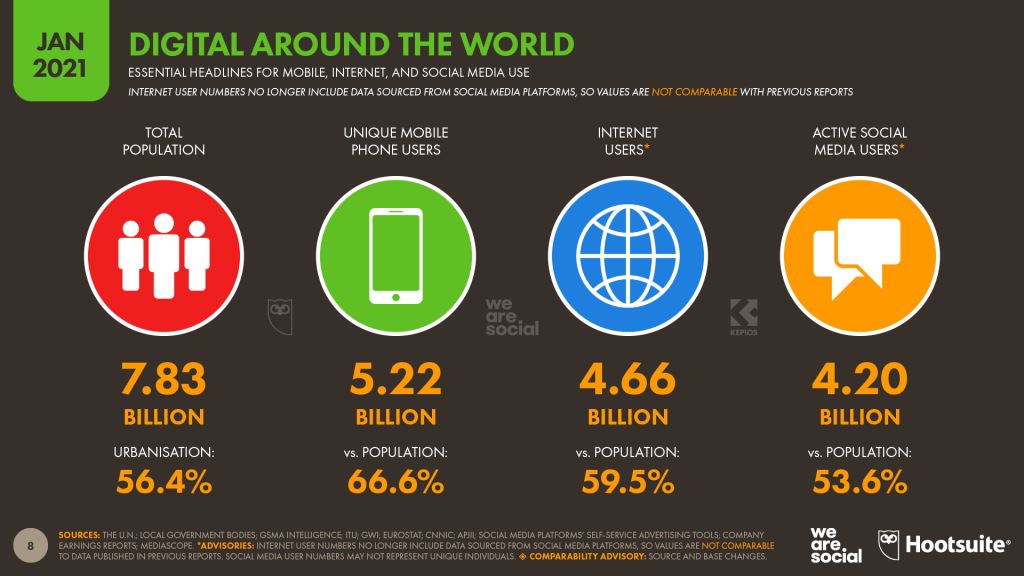
Urgency
Social media has an immediacy and an urgency that simply can’t be matched by the mainstream media. After all, the MSM can’t ALL be there when stuff happens ALL of the time. But someone, somewhere can always post on Twitter or Instagram and bring an issue to life.
Let’s look at one such issue: the world’s largest protest to date.
Earlier this year, hundreds of thousands of farmers in India occupied the streets around New Delhi. Their beef? The removal of government price guarantees for their produce.
They were talking about decimated profits and monopolies by large corporates. After 11 rounds of talks, Prime Minister Narendra Modi refused to scrap the laws.
Farmers’ demonstrations
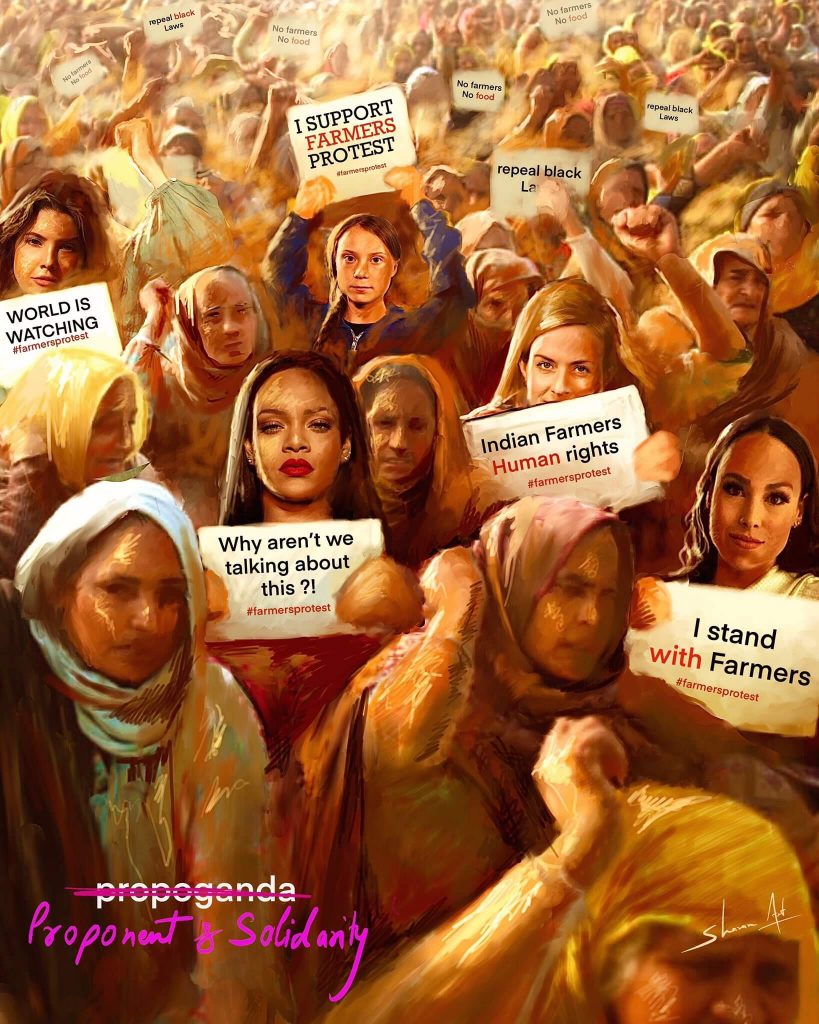
Demonstrations lasting over 70 days were finally brought to the world’s attention when huge celebrity Rihanna tweeted, ‘Why aren’t we talking about this?’
Rihanna’s tweet was echoed by Amanda Cerny, influencer Meena Harris, young environmental activist Greta Thunberg, NBA and NFL stars, and a massive number of other celebs and influencers.
The MSM had been reporting a different story: that this was largely a Sikh issue. Through social media, we learned that the farmers were of all faiths: Sikh, Muslim, Hindu, Christian and Buddhist.
The MSM was rattled, thanks to just one social media post from a high-profile celeb. Now the world knew what the Indian farmers were going through.
Farmers and COVID
Those farmers suddenly knew they weren’t alone. These are the same workers who benefited in June 2020 at the height of India’s brutal COVID lockdown when they were unable to bring in hired help on their farms and their produce was rotting.
The farmers turned to social media to help move their produce. Using Twitter and Facebook, they were able to advertise and sell directly to consumers, instead of going through a middleman.
That’s just a couple of examples from one continent of the power of social media.
In July last year, research by the Pew Research Centre showed that almost a quarter (23%) of adult social-media users in the US had changed their views about a major issue because of social media.
BLM and social media
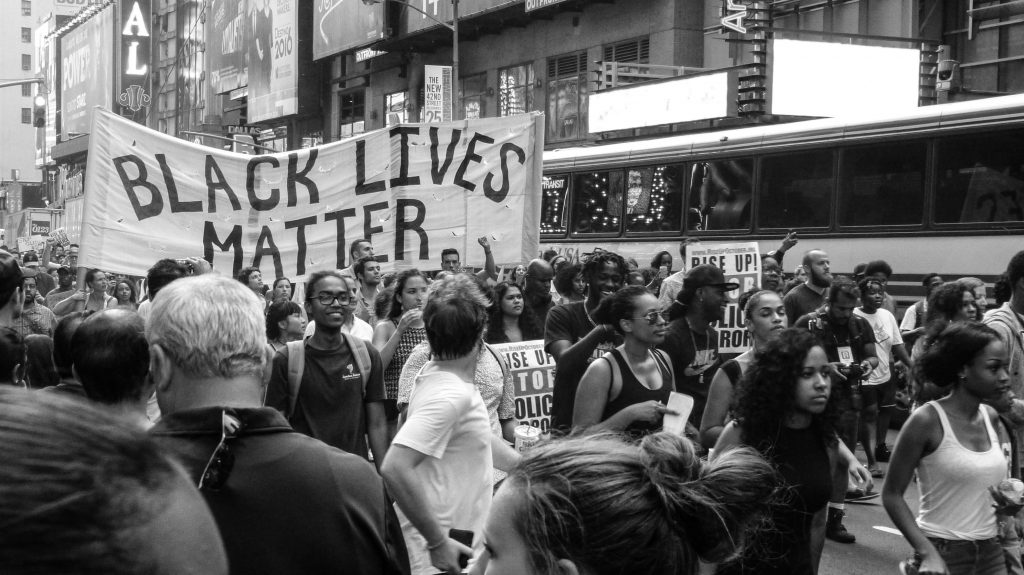
When asked to elaborate on what they’d changed their minds about, the adults often cited the Black Lives Matter movement and police brutality.
Indeed, in the 30 days after the police killing of George Floyd, the BLM rallying call had been mentioned more than 80 million times on social media, according to data collected by the University of Connecticut.
Powerful stuff. And the power of social media isn’t limited to politics. It can be an amazing force for good in business as well. In fact, tune in next time when I’ll be discussing exactly that.
